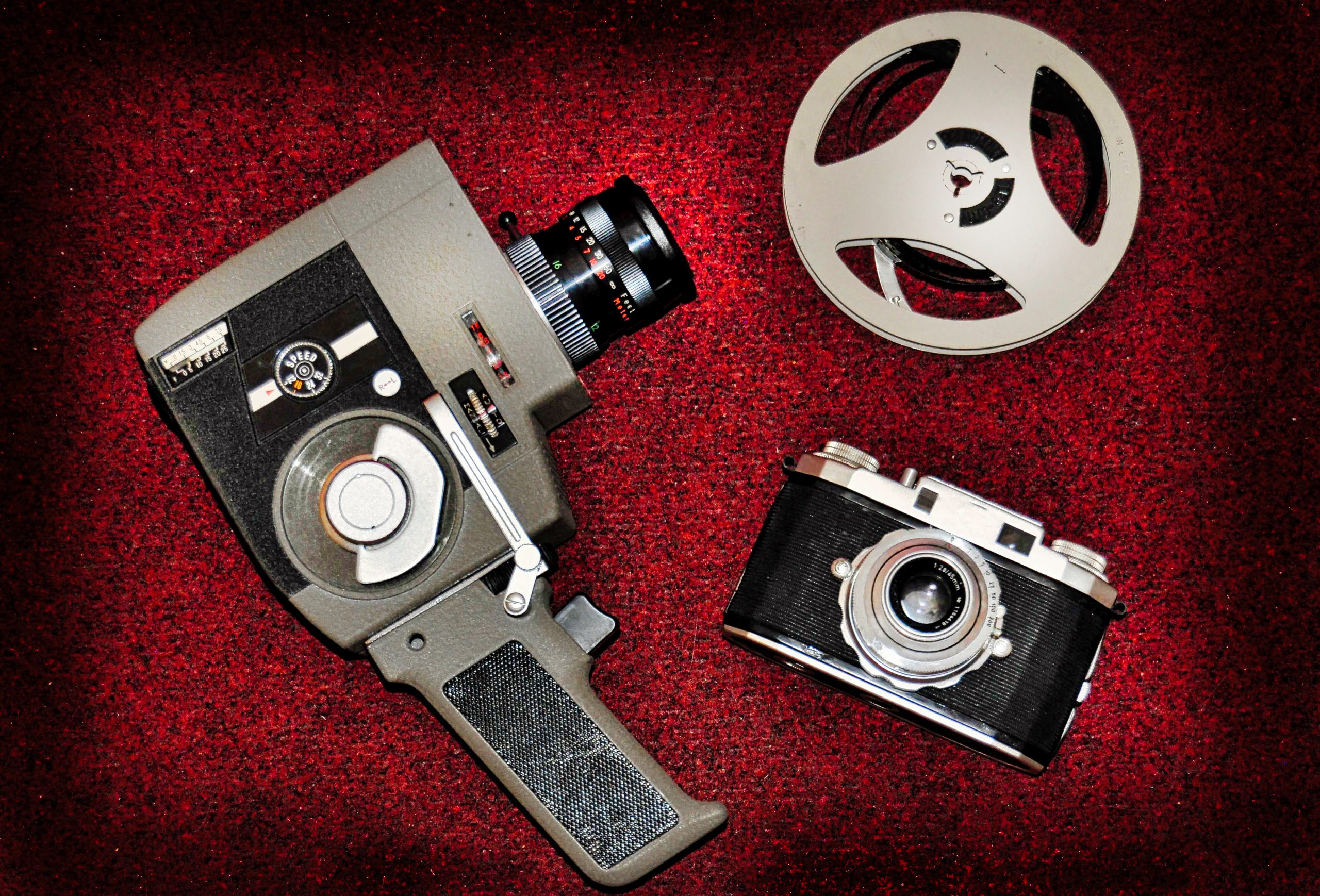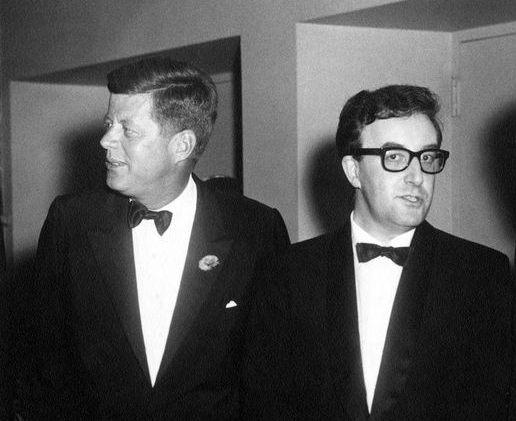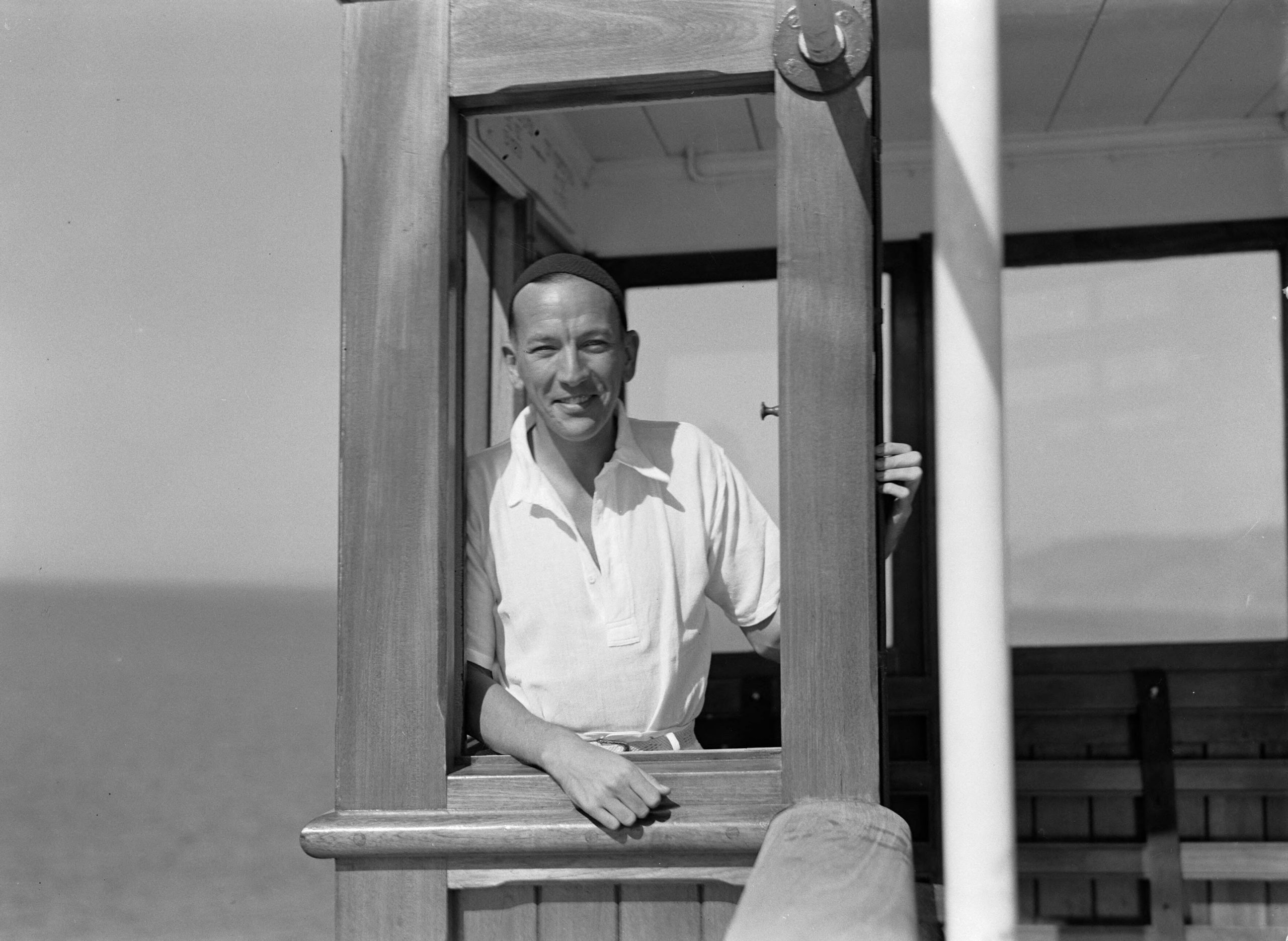When he was two years old, he is said to have already appeared on stage at the King’s Theatre in Southsea, Portsmouth: He accompanied his parents, both vaudeville artists, during an interlude on stage.
It was foreseeable that Peter Sellers would one day become an entertainer: He was practically born into the profession through his parents’ work. He attended various schools around his home town, which prepared him for working on stage.
On his 18th birthday, Peter Sellers was drafted into the Royal Air Force: The RAF not only needed pilots and other military personnel during the Second World War, but also entertainers to boost the morale of the armed forces. During the Second World War, Peter Sellers became an official entertainer for the British armed forces – there is no doubt that Peter Sellers gained countless experiences during this time, which provided the basis for his later work on stage and in front of the camera. Peter Sellers received particular recognition from the soldiers at this time for his impersonations of various officers – although it is doubtful whether Sellers made many friends among the officers. Even then, however, the art of imitation was one of Peter Sellers’ specialties.
Almost every BBC listener knew the name Peter Sellers in the early 1950s.
Cunning leads to success
After the Second World War, Peter Sellers reportedly applied to the BBC several times – but initially without success. Sellers soon realized that he would not be able to get a position at the BBC in the “traditional” way: Peter Sellers had a creative intellect and now took matters into his own hands. Legend has it that he called Roy Speer, the producer of the Show Time radio program at the time, and pretended to be a famous radio star who wanted to recommend that a certain Peter Sellers be given a place on his program. Roy Speer did not recognize the deception and gratefully accepted the recommendation – until Peter Sellers revealed himself in the course of the conversation…
Roy Speer must have been very impressed by Peter Sellers’ cunning: he gave the young Sellers the opportunity to go on air live on the Show Time program. His live broadcast as part of the Show Time program was to form the basis of his fame in the UK for his further career. Almost every BBC listener knew the name Peter Sellers in the early 1950s – and that was only because he had the cunning to pretend to be a sought-after radio star to the producer of the radio program…
The Goon Show
Together with the two comedians Spike Milligan and Harry Secombe, whom Sellers had met while working for the BBC, Sellers created the Goon Show: Initially, the program was broadcast – against the wishes of the main actors – under the name Crazy People, but the name was later changed to Goon Show.
At the time, the Goon Show was considered one of the most influential comedy radio shows ever: a total of ten seasons of the radio series were produced between 1951 and 1960, and Peter Sellers remained on the show until the end. In the beginning, just under 370,000 people are said to have listened to the Goon Show – over the years, this figure is said to have risen to up to seven million listeners. For Peter Sellers, the Goon Show was nothing other than his gateway to fame: thanks to his work for the BBC, almost every radio listener knew his voice at the time. Now Peter Sellers could think about how he could showcase his unique comedic talent away from the radio…
In the sixties, numerous film projects awaited Sellers, immortalizing him as a comedian.
Sophia Loren
To this day, Peter Sellers is considered a unique example of an actor who was able to play several roles simultaneously in one film. After his great success on the radio, it seemed a logical next step for Sellers to pursue a film career – he played his first major role in 1955 in the Ealing comedy Ladykillers alongside Alec Guinness.
However, Peter Sellers’ film career did not really take off in the fifties: although he appeared in various productions, he was still a long way from a breakthrough as a film actor.
Peter Sellers’ “real” breakthrough may be the romantic comedy The Millionairess (1960): Alongside Sophia Loren, Sellers played the role of the Indian doctor Dr. Ahmed al Kabir. The film was based on the play of the same name by George Bernard Shaw. This film is particularly remembered for the comedic song Goodness Gracious Me, which Sophia Loren and Peter Sellers performed together. It can be said that Peter Sellers made his breakthrough as a film comedian alongside Sophia Loren: In the sixties, numerous film projects awaited Sellers, immortalizing him as a comedian.
Inspector Clouseau
In 1962, thanks to director Stanley Kubrick, Peter Sellers was given the opportunity to take part in the film project Lolita, which was considered very controversial at the time – James Mason also played a part. Kubrick is said to have been very impressed by Sellers’ ability to play different characters – now Peter Sellers also had a foot in the door in Hollywood.
After Peter Sellers decided to leave the UK at the end of 1962, director Blake Edwards offered him the role of Inspector Clouseau in The Pink Panther (1963). Originally, the role of Inspector Clouseau was not a leading role at all: the focus was clearly on the star David Niven as well as Capucine and Claudia Cardinale. Who could have guessed at the time that the film The Pink Panther would develop into an entire film series that focused on Sellers’ role of Inspector Clouseau? In The Pink Panther, Peter Sellers already shaped the role of Inspector Clouseau according to his own ideas: Sellers defined the personality of Inspector Clouseau and his creativity also gave rise to Inspector Clouseau’s two distinguishing marks, the trench coat and the moustache.
A genuine all-rounder
His role as Inspector Clouseau, which he played in numerous other films, put Peter Sellers on a par with Charlie Chaplin and Buster Keaton: In many ways, comedian Peter Sellers may have meant to talkies what Chaplin or Buster Keaton meant to silent movies.
In 1964, Peter Sellers starred in another Stanley Kubrick film: In Dr. Strangelove (1964), for which Ken Adam created the production design, Peter Sellers also immortalized himself away from his role of Inspector Clouseau.
Peter Sellers’ comic talent did not spare the James Bond franchise either: Peter Sellers played the leading role in the James Bond parody Casino Royale (1967). Another important film with Peter Sellers from this period is What’s New, Pussycat? (1965), in which Sellers starred alongside Peter O’Toole and Romy Schneider.
There is no doubt that Peter Sellers is one of the most accomplished comedians of the 20th century: whether on the theater stage, in front of the radio microphone or on the big screen, Peter Sellers was a true all-rounder. Peter Sellers is remembered as a comedian in particular for his self-created role of Inspector Clouseau.
Main source: Walker, Alexander: Peter Sellers (The Authorized Biography), 1981 Coronet Books
Cover picture: Peter Sellers (r.) with US President John F. Kennedy (l.) at the White House Correspondents and News Photographers Dinner in April 1962, Public Domain / JFK Library / JFKWHP-1962-04-27-D

 Deutsch
Deutsch





